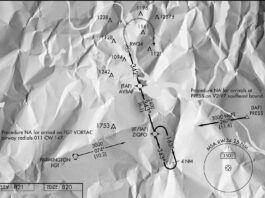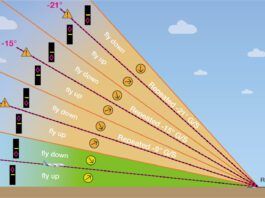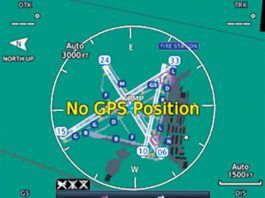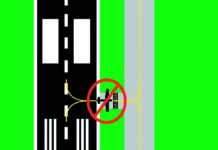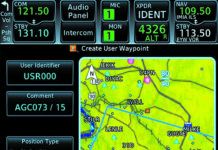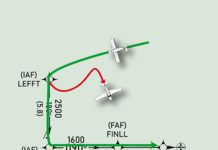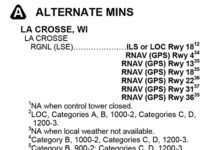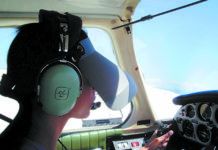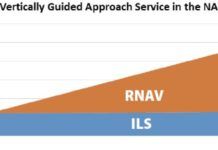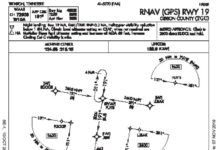Towered Field Ops
It’s Saturday morning at 0730. Weather is VFR and a million, and most of the flight schools and weekend warriors are calling up Ground...
How We Die, Part 2
Too many pilots have died because they attempted instrument flight without a thorough working knowledge of their GPS navigators. Do you need to know...
Near-Miss Understandings
Sequences don’t come much easier. A VFR Mooney and a VFR Cherokee both requested a practice RNAV approach. They were the same distance from...
No Two Alike
Maybe it’s because the long Midwestern winter is not yet over, but the idea that approach procedures are like snowflakes comes to mind. From...
Airspace Review
The first thing that might be on your mind is; “Aren’t there fewer rules if you are IFR?” Well, kind of. The main example...
How We Die, Part 1
(This is the first of a four-part series of articles in which contributing editor Fred Simonds will fully explore common, oft-fatal mistakes that we...
Safety Pilot Rules
Schedules, climate, and other factors can limit our ability to maintain instrument currency in actual instrument conditions. The FAA allows us to maintain currency...
Are You Ready for MON?
While most swans that we see have white feathers, black swans do exist. In 2007, Nassim Nicholas Taleb published a book titled Black Swan....
ILS on the Block
In 2015, the FAA began looking to rationalize ILS approaches. In this context, rationalize means cut. The following year, the FAA developed a cost/benefit quantitative model and conducted an analysis at about 2900 airports with few or no RNAV SIDs or STARs. The finished product was a plan to decommission Cat I ILS approaches at some of these airports between 2020-2030. Before a decision was reached, the project was shelved in 2017.
Choose a Shortcut
Things are getting busy approaching Trenton, Tennessee, Gibson County (KTGC), even though its not that bad. But the skies are grey enough to make you squint as you enter the overcast. Youve also entered, as youll soon find out, the murky realm of the regs. A cold crust of rime clings to the aluminum and probably the antennas, so youre anxious to get into that toasty hangar at TGC. Worse, the suns going down and the gyros acting up. So any shortcuts (safe and legal, of course) would be great right about now.
Briefing: February 2020
Harbour Air flew a De Havilland Beaver on floats on pure electric power for the first time in early December as the first step in its program to fully electrify its fleet of historic seaplanes. The Vancouver-based airline serves dozens of communities off British Columbia's west coast and most of its flights are 30 minutes or less so the company believes new advances in battery technology will enable it to safely carry out the dozens of commercial passenger flights it operates every day. The December flight was a demonstration of the motor in a plane near its gross weight with batteries and lasted about 15 minutes. CEO Greg McDougall lifted the almost-70-year-old airframe off the Fraser River and later reported that it flew like a Beaver. He said newer, lighter batteries that are becoming available will allow room for passengers and cargo and the savings on maintenance and downtime will ultimately pay off.
Readback: February 2020
I noted an interesting change to the Instrument Rating ACS released back in June last year. It used to be that per the ACS, a circling approach required a heading change of at least 90 degrees from the final approach course to the landing runway. That requirement is now gone, replaced with the requirement to Visually maneuver to a base or downwind leg appropriate for the landing runway and environmental conditions. Also, new language was added saying the pilot must not bank over 30 degrees.



